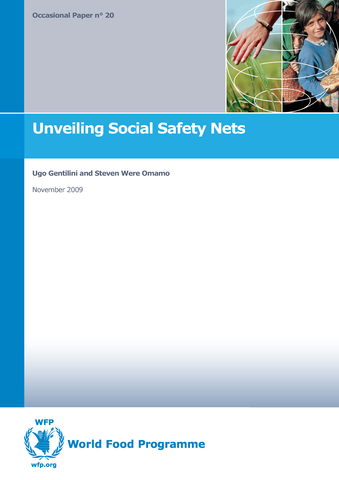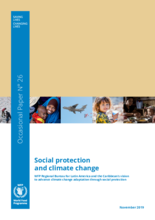
Interest in safety nets and social protection is growing exponentially. Ways of strengthening them are called for in high-level statements, researched in academic articles, and implemented by practitioners. Such developments are encouraging and may help to shed light on some long-standing humanitarian and development challenges. The concept remains controversial, however, and several issues must be clarified. This paper delineates core areas of tension, and lays out key issues underpinning them at the analytical, policy, institutional and implementation level. It conveys the following five messages: 1. Social protection is a broader concept than safety nets. 2. All countries have some form of social protection, but models differ greatly. 3. Social protection policy cannot be formulated in isolation. 4. Social protection raises important institutional, financial and administrative challenges. 5. Specific implementation issues inspire lively debate. The paper’s conclusions can be summarized in the following three interlinked remarks: i) Approaches need to be fully compatible with prevailing cultural, social and economic factors. ii) In developing countries, the debate tends to overemphasize conceptual issues and underplay administrative and implementation constraints. iii) Rhetoric has often prevailed over evidence.
| Document | File |
|---|---|
| OP20 - Unveiling Social Safety Nets - English.pdf |
PDF | 827.18 KB
Download
|

